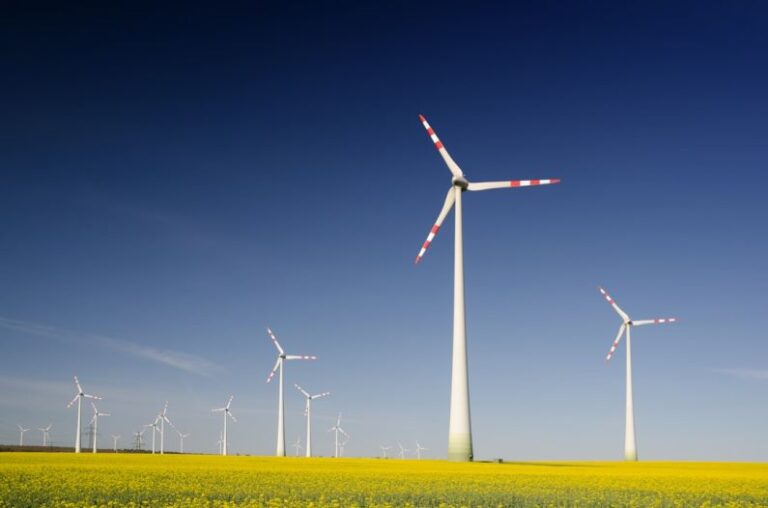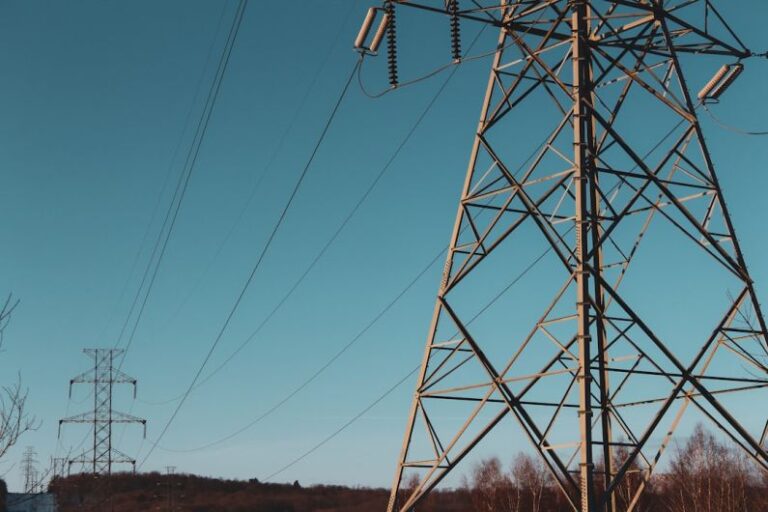Innovations in Tube Recycling Processes
The global push towards sustainability and environmental responsibility has prompted industries to seek innovative solutions for recycling various materials. One area that has seen significant advancements in recent years is tube recycling processes. With the increasing use of tubes in packaging, construction, and various other sectors, finding efficient ways to recycle them has become crucial. Let’s delve into the latest innovations shaping the tube recycling landscape.
Revolutionizing Material Separation Techniques
Traditionally, the process of recycling tubes involved manually separating different materials, such as plastics, metals, and adhesives, which was time-consuming and labor-intensive. However, recent innovations have introduced automated sorting technologies that can quickly and accurately identify and separate various components of tubes. Advanced sensors, optical sorting systems, and artificial intelligence algorithms are now being employed to streamline the material separation process, making it more efficient and cost-effective.
Chemical Recycling Breakthroughs
Chemical recycling is emerging as a promising solution for recycling complex tube structures that are challenging to mechanically separate. This innovative approach involves breaking down tubes into their chemical components through processes like pyrolysis and depolymerization. By converting tubes into raw materials that can be used to produce new products, chemical recycling minimizes waste and reduces the environmental impact of tube disposal. Companies are investing in research and development to scale up chemical recycling technologies and make them commercially viable on a larger scale.
Closed-Loop Recycling Systems
Closed-loop recycling systems are gaining traction in the tube recycling industry as a sustainable and efficient way to manage waste. These systems involve collecting used tubes, processing them into recycled materials, and then reintroducing those materials back into the manufacturing supply chain to create new tubes. By closing the loop and minimizing the need for virgin materials, these systems help conserve resources, reduce energy consumption, and decrease greenhouse gas emissions associated with tube production. Implementing closed-loop recycling not only benefits the environment but also promotes circular economy principles within the industry.
Innovative Repurposing Strategies
Another exciting development in tube recycling is the exploration of innovative repurposing strategies that go beyond traditional recycling methods. Companies are finding creative ways to give used tubes a new lease on life by transforming them into alternative products with different functionalities. For example, repurposed tubes can be used as raw materials for 3D printing filaments, composite materials, or even artistic installations. By thinking outside the box and exploring unconventional applications for recycled tubes, organizations are unlocking new value streams and expanding the possibilities of tube recycling.
Collaborative Industry Initiatives
Collaboration among stakeholders across the tube recycling value chain is crucial for driving innovation and accelerating the adoption of sustainable practices. Industry associations, recycling facilities, manufacturers, and policymakers are coming together to share knowledge, resources, and best practices to promote the development of advanced recycling technologies and infrastructure. By fostering a collaborative ecosystem focused on sustainability, the tube recycling industry is fostering a culture of continuous improvement and collective action to address the challenges of waste management and resource conservation.
The Future of Tube Recycling
As the demand for tubes continues to grow across various sectors, the need for efficient and sustainable recycling solutions will only become more pressing. Innovations in material separation, chemical recycling, closed-loop systems, repurposing strategies, and collaborative initiatives are shaping the future of tube recycling processes. By embracing these advancements and investing in sustainable practices, the industry can move towards a more circular and regenerative model that minimizes waste, conserves resources, and protects the environment for future generations.






